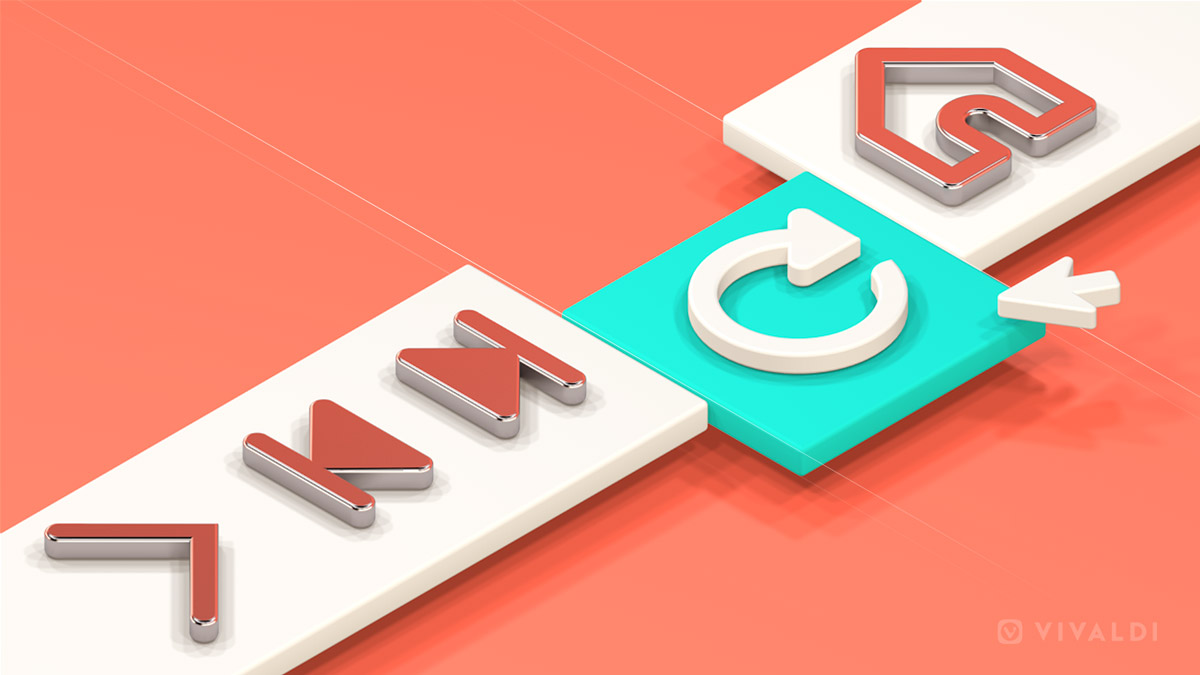
The Site Settings link opens a tab with all of the site settings: Autoplay, Location, Camera, Microphone, Motion sensors, Notifications, JavaScript, Images, Pop-ups and redirects, Ads, Background sync, Sound, Automatic downloads, MIDI devices, USB devices, Serial ports, File editing, HID devices, Protected content IDs, Clipboard, Payment Handlers, Insecure content, Third-party sign-in, Augmented reality, Virtual reality, Your device use, Window placement, and Fonts. The Certificate link (on secure sites) gives details of the certificate: its expiry date, issuing authority, etc. The Cookies link on the popup gives details of the cookies set for the current site, and lets you block, allow, or remove them. On a secure (https:) site the icon will be a padlock on an insecure (http:) site, the icon will be an information icon. Web Panels - Some web panels recommended by other users.Ĭlick the View Site Info icon in the address bar to display a popup menu showing the settings for the current site.


Vivaldi has been my default browser for many years. Built-in email is planned, but mail is limited to web mail at the moment.” It already has Panels, Tab-stacking, Notes, Speed Dial, and Customisable shortcuts and Tabs. It uses the Chromium rendering engine like the new Opera 38. This initial release is a Technical Preview, it is neither feature complete, nor free from bugs that might spoil your day. “The former CEO of Opera, Jon von Tetzchner, has released the Vivaldi Browser for fans of the old Opera.


 0 kommentar(er)
0 kommentar(er)
